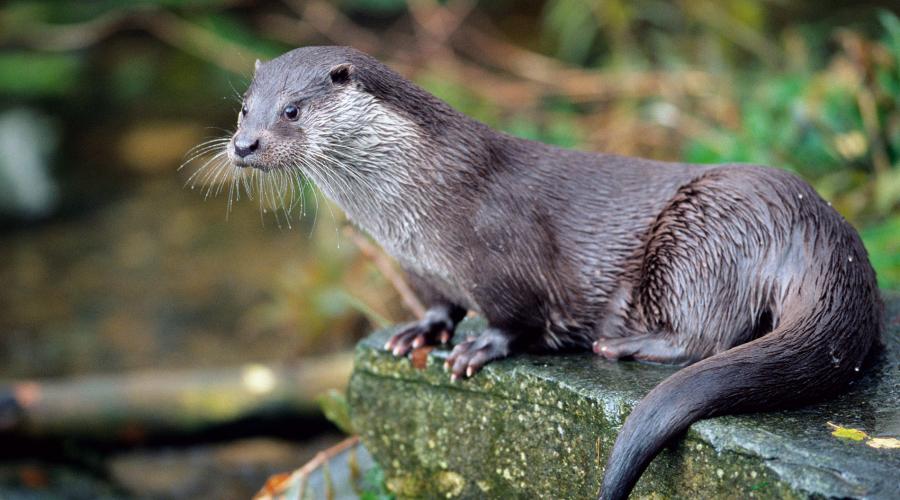
In the realm of wildlife, few creatures possess the charm and mystique of the otter. With their sleek bodies, playful demeanor, and remarkable adaptations, otters captivate the imagination of nature enthusiasts worldwide. From their intricate social structures to their vital role in ecosystem health, these semi-aquatic mammals are truly fascinating creatures deserving of closer examination.
The Otter’s Habitat
Otters are found in a variety of habitats, including rivers, lakes, marshes, and coastal areas. Their distribution spans across continents, from North America to Europe, Asia, and Africa. Each otter species has adapted to its specific habitat, whether it’s the river otters of North America or the sea otters of the Pacific coast.
Anatomy and Adaptations: Otters are superbly adapted for life in water. Their streamlined bodies, webbed feet, and thick fur enable them to navigate through aquatic environments with ease. One of their most notable adaptations is their fur, which consists of two layers—a dense, waterproof outer layer and a softer undercoat that insulates them from the cold.
The Social Lives of Otters: Otters are highly social animals, often forming close-knit family groups. River otters, for example, live in family units led by a matriarch, while sea otters congregate in larger groups called rafts. These social structures serve important functions, such as hunting cooperatively, raising offspring, and providing protection against predators.
Diet and Feeding Habits: Otters are opportunistic carnivores, feeding on a variety of prey depending on their habitat and availability. Fish make up a significant portion of their diet, but otters also consume crustaceans, amphibians, and even small mammals. Their dexterous paws and sharp teeth allow them to efficiently catch and consume their prey underwater.
The Role of Otters in Ecosystems: Otters play a crucial role in maintaining the health of aquatic ecosystems. By preying on herbivorous fish species, they help control population levels and prevent overgrazing of aquatic vegetation. Additionally, their presence can indicate the overall health of an ecosystem, as otters are sensitive to pollution and habitat degradation.
Conservation Challenges: Despite their importance, otters face numerous threats to their survival. Habitat loss, pollution, poaching, and conflicts with humans are among the primary challenges confronting otter populations worldwide. Conservation efforts aimed at protecting their habitats, reducing pollution, and mitigating human-wildlife conflicts are essential for their long-term survival.
Success Stories in Otter Conservation: Despite the challenges, there have been notable successes in otter conservation efforts. Reintroduction programs, habitat restoration initiatives, and community-based conservation projects have helped stabilize otter populations in some regions. These success stories underscore the importance of collaborative conservation efforts involving governments, NGOs, and local communities.
The Cultural Significance of Otters: Otters have long captured the human imagination and have been featured in folklore, mythology, and art across cultures. In some indigenous traditions, otters are revered as symbols of wisdom, playfulness, and adaptability. Their cultural significance highlights the deep connection between humans and the natural world.
Otters in Captivity: While otters thrive in their natural habitats, they have also found their way into captivity in zoos and aquariums around the world. These facilities play a vital role in educating the public about otter biology, behavior, and conservation needs. However, ensuring the welfare of captive otters requires careful attention to their physical and psychological needs.
Conclusion:
The otter stands as a testament to nature’s ingenuity and resilience. From their playful antics to their vital ecological role, otters enrich the ecosystems they inhabit and inspire awe and admiration in humans. As stewards of the planet, it is our responsibility to protect these charismatic creatures and ensure that future generations can continue to marvel at their beauty and grace.







